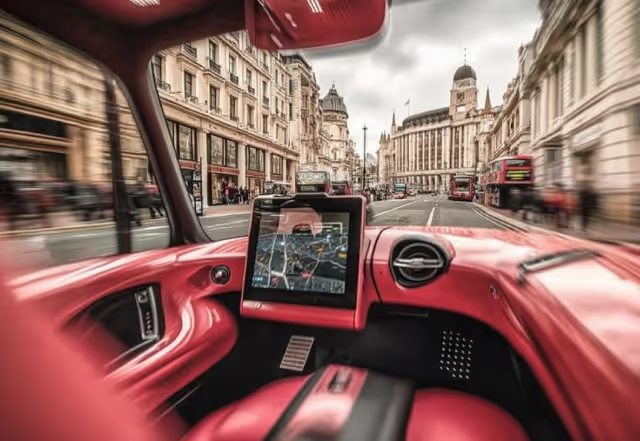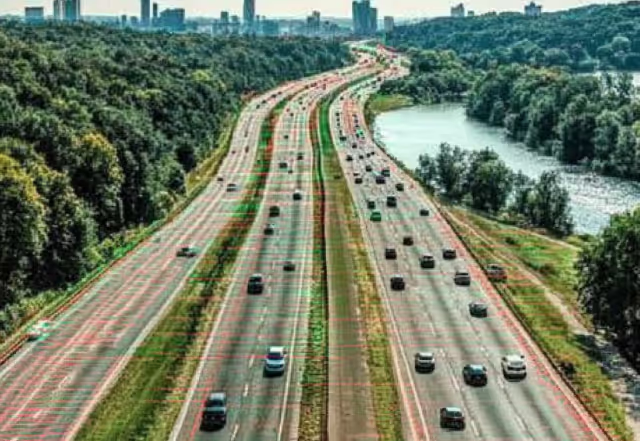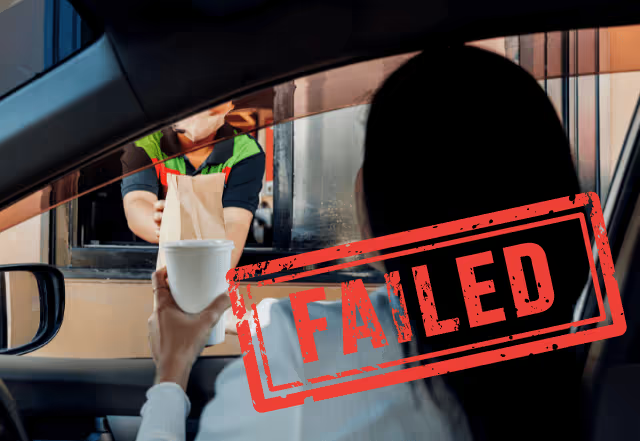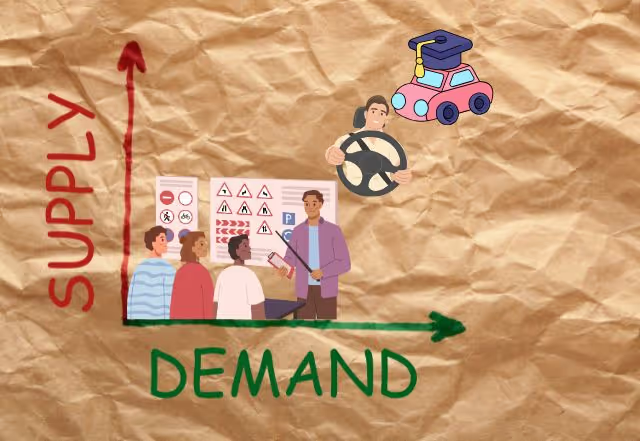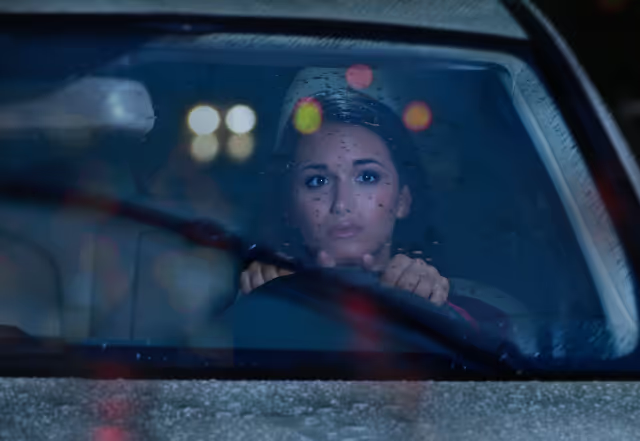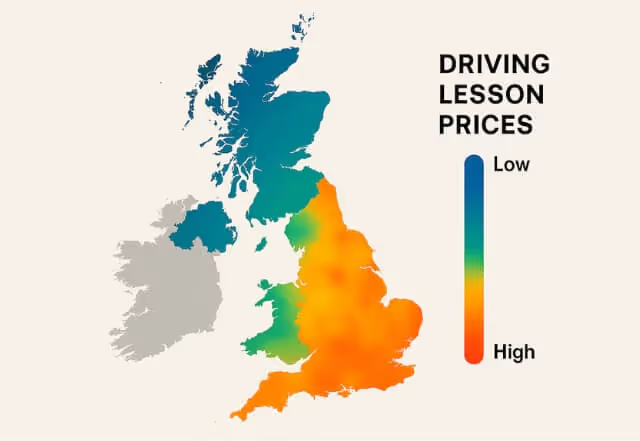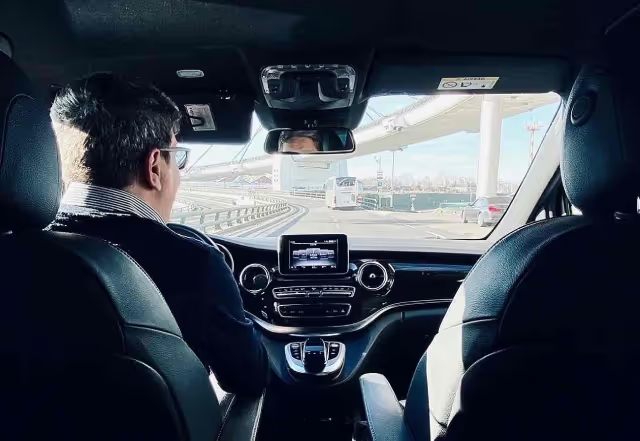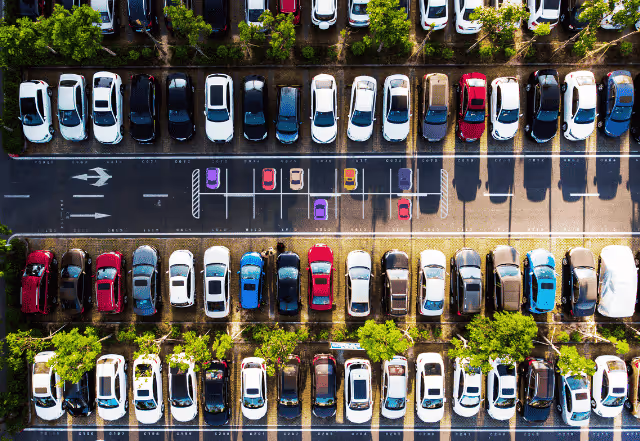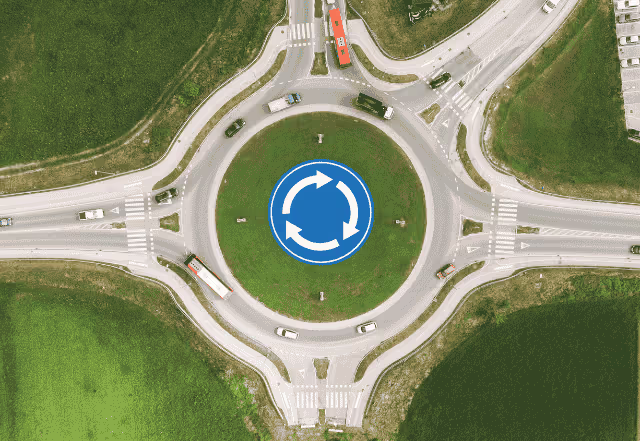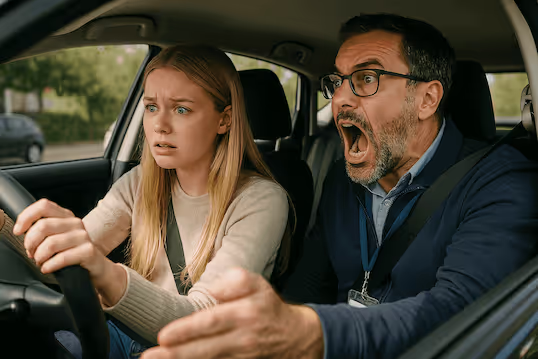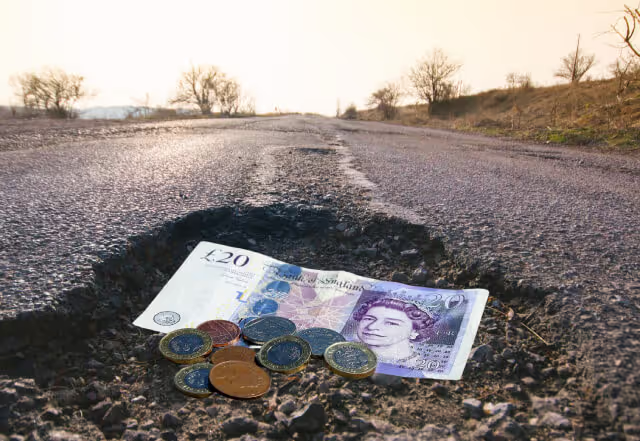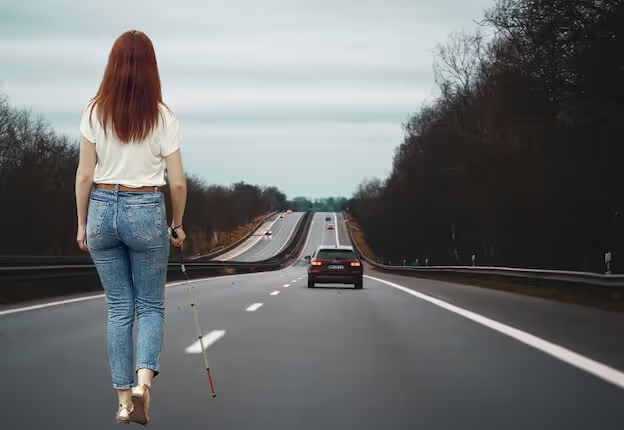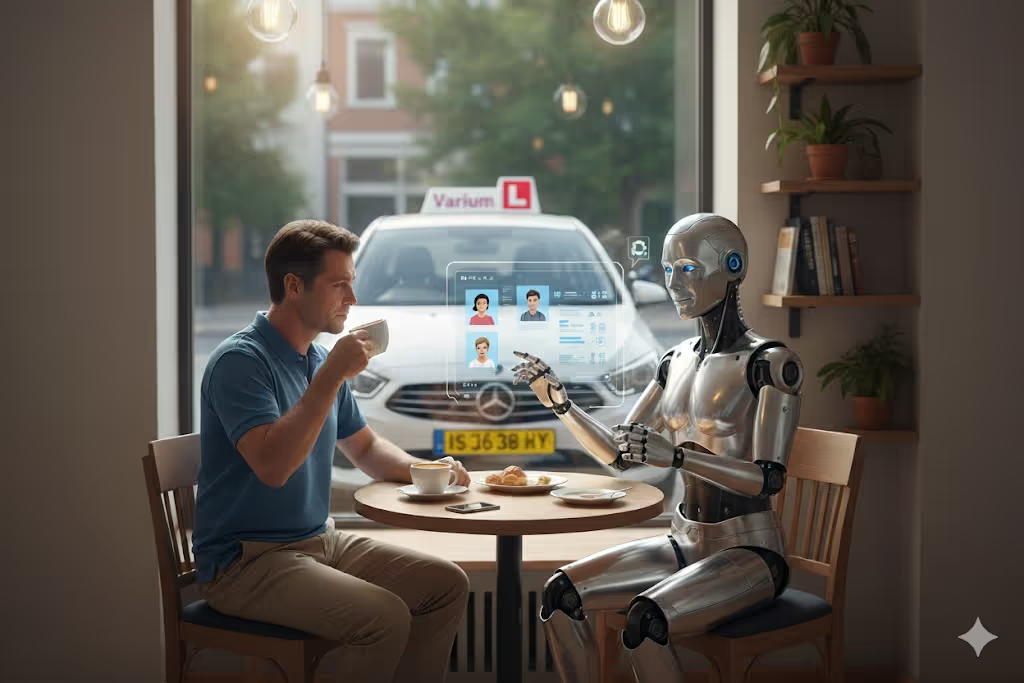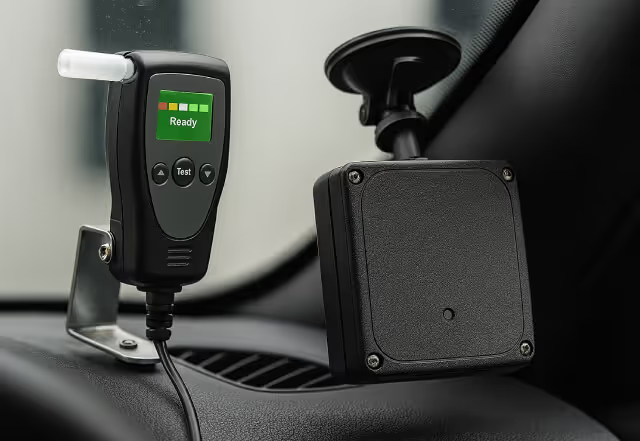What Driving Schools and Learners Need to Know About Digital Licences and EV Laws in 2025
2025 is proving to be a year of major transitions in how we get licensed and how we drive—especially when it comes to electric vehicles. The UK government has introduced key changes that will impact both learner drivers and driving instructors alike.
Here’s a breakdown of what you need to know, and how to stay ahead.
📱 The UK’s First Digital Driving Licence Is Launching
Later this year, the DVLA will roll out a fully digital driving licence, accessible via a government app. The digital licence will:
- Be valid for domestic identification, including purchasing alcohol and boarding UK domestic flights.
- Allow learners and qualified drivers to access and share licence details digitally.
- Potentially be integrated into third-party platforms like insurance apps and car rental services.
Why it matters for instructors: Learners may no longer carry a physical licence during lessons or tests. Instructors will need to adapt ID verification practices, especially for new pupils.
Tip: Start encouraging learners to download and register their DVLA app early, and ensure it’s updated before lessons or tests.
⚡ EV Road Tax: What’s Changing in 2025
For years, electric vehicle owners were exempt from certain taxes, but that’s ending this year:
🚗 Vehicle Excise Duty (VED) for EVs
From 1 April 2025, all electric cars will pay road tax like petrol/diesel cars:
- First-year rate: £10
- Standard rate from year two: £195 per year
This applies to all new and existing electric vehicles, even those bought before 2025.
🛑 End of EV Congestion Charge Exemptions
From 25 December 2025, electric cars will no longer be exempt from the London Congestion Charge.
This marks a shift toward treating EVs like any other vehicle when it comes to road usage fees.
Tip for learners in cities: Prepare pupils driving EVs for route planning around congestion zones and VED payments—especially for theory test discussions.
🔌 EV Charger Rules: Standards and Fines
EV charging infrastructure is also tightening up. In 2025:
- Public charging providers are required to meet new minimum service levels, such as reliability, access to payment methods, and real-time updates.
- Failing to meet these rules can result in fines of up to £10,000 per charger.
Tip for instructors with EVs: Make sure your local chargers are compliant, especially if you rely on them between lessons. Choose reliable charging networks and educate pupils about safe charging practices.
🧭 What Should Driving Schools Do?
✅ Update Curriculum Content
- Brief learners on VED, Congestion Charge rules, and digital ID for real-world prep.
- Add a short lesson about how to verify a licence digitally, and what info it shows.
- Consider mock test questions related to EV ownership and road taxation.
✅ Rethink Your Fleet Strategy
- If your school uses electric vehicles, calculate the new tax costs into your pricing.
- Consider whether to keep a mix of petrol/diesel and EVs for test preparation variety.
✅ Communicate Clearly With Learners
- Learners and parents may not be aware of these 2025 changes.
- Create a short FAQ handout or app notification summarising the updates.
🚦 Final Thoughts
The future of driving is shifting—digitally and electrically. Whether it’s a phone-based driving licence or a tax bill for your zero-emission vehicle, learners must now be aware of a broader set of responsibilities.
Driving schools that embrace these changes—and integrate them into lessons—will set their students up for real-world success.
“Driving is no longer just about control and observation—it’s about navigating a connected, electrified world.”
Get ready, stay informed, and help your pupils future-proof their skills—on the road and beyond.


